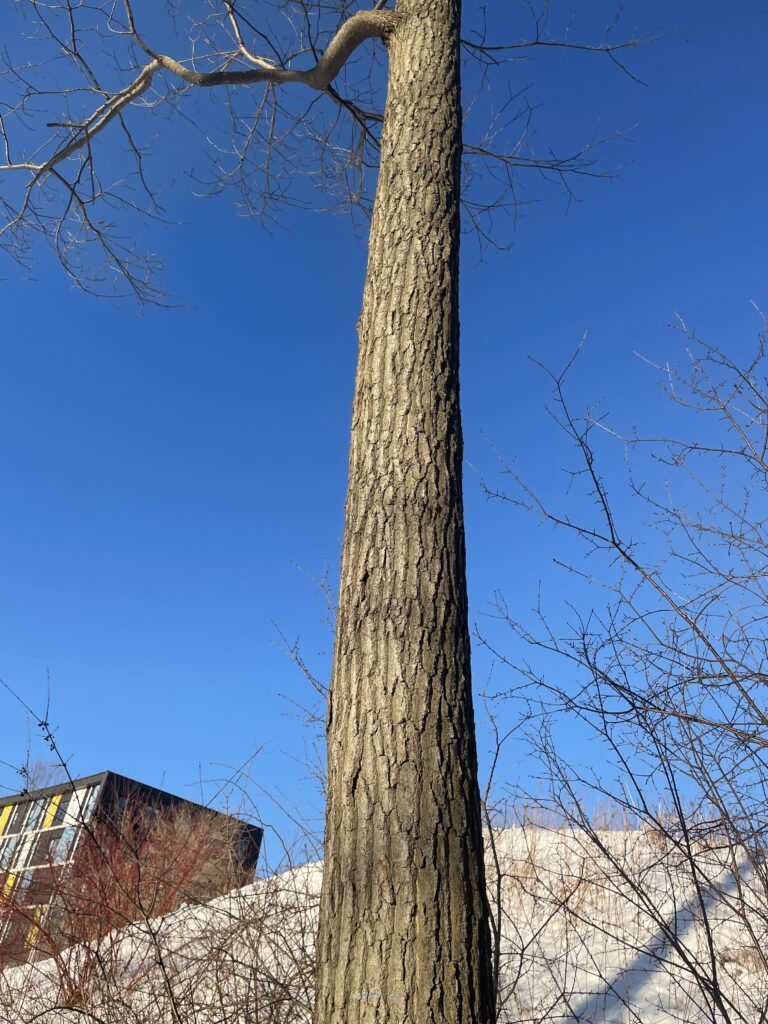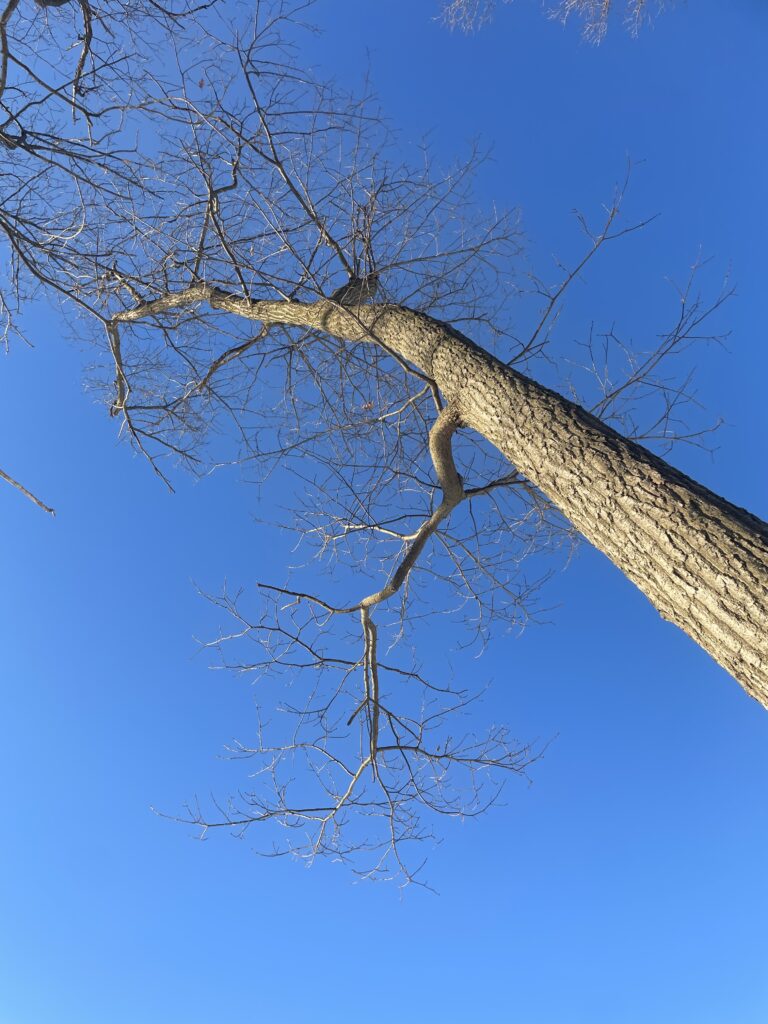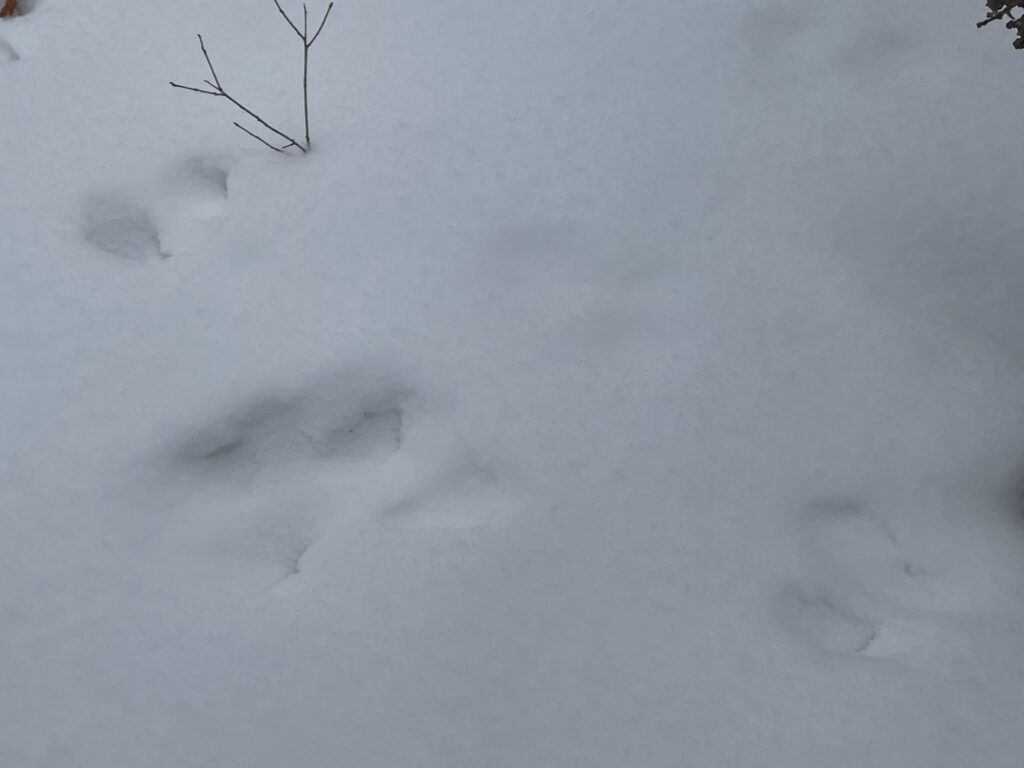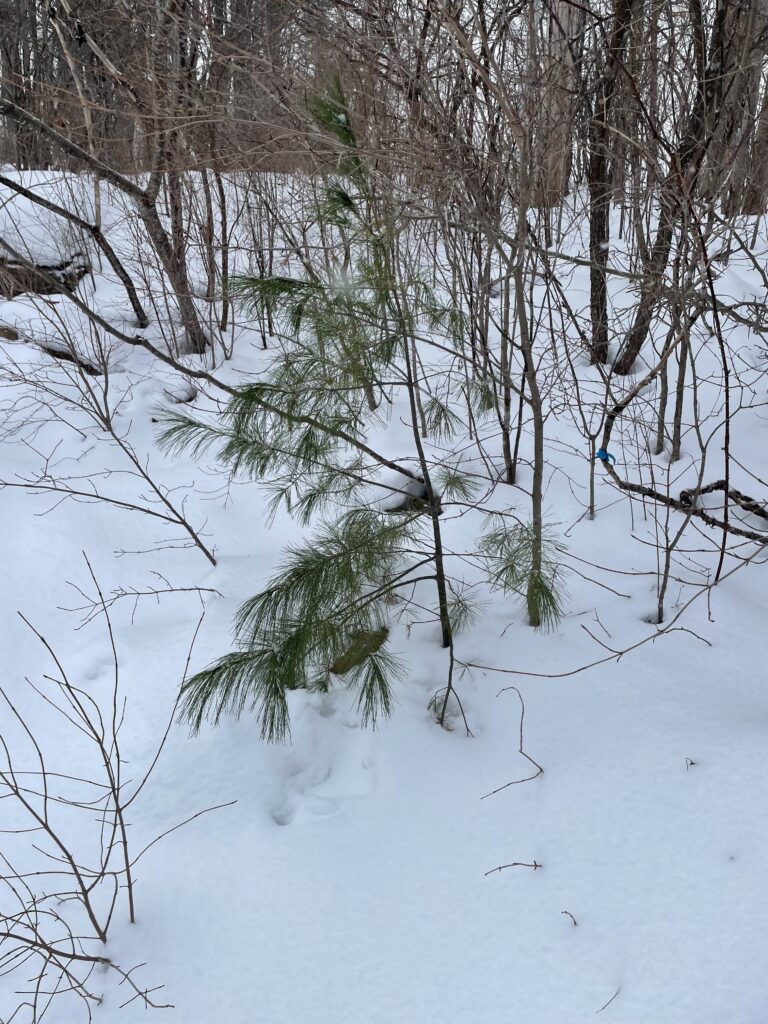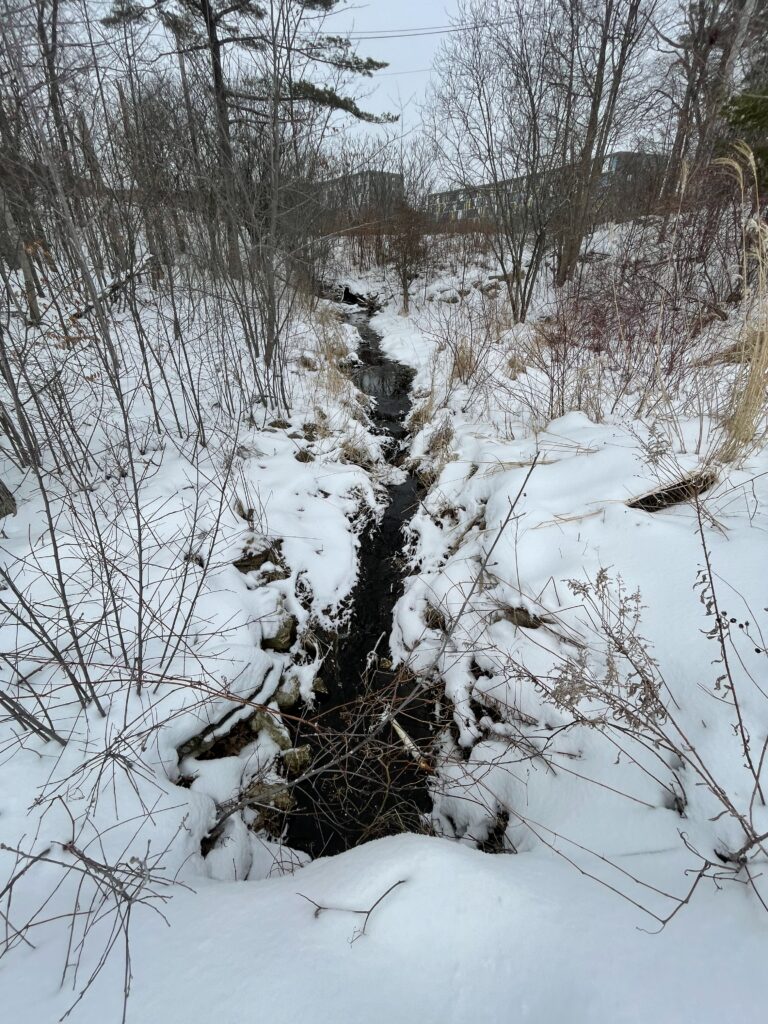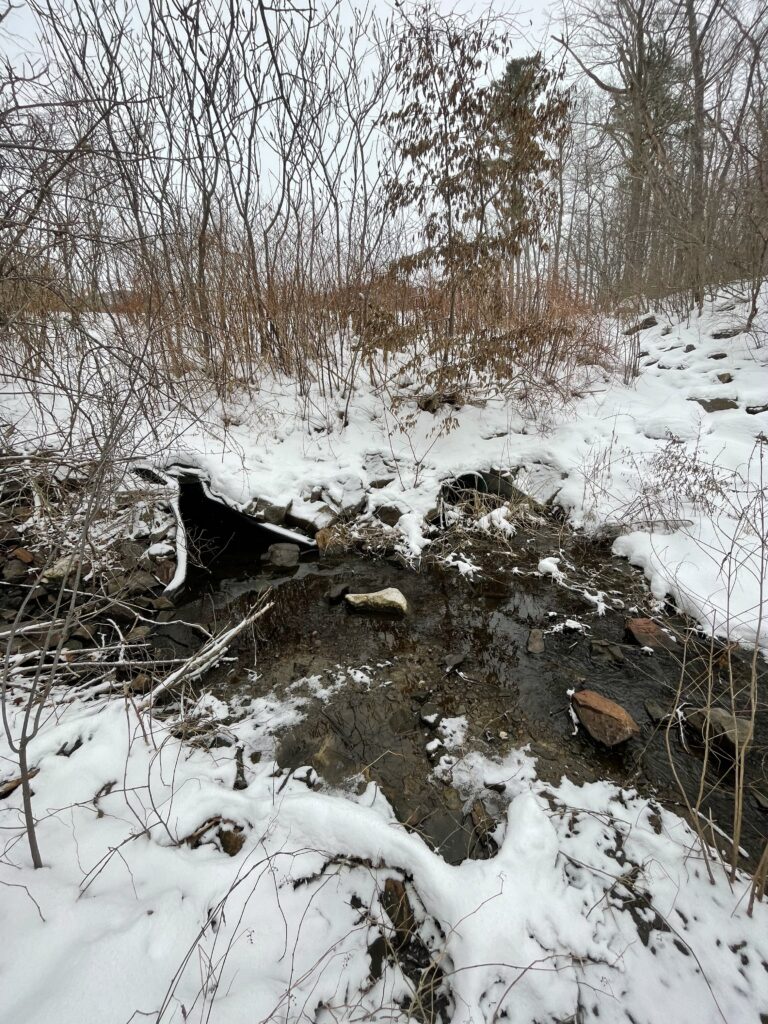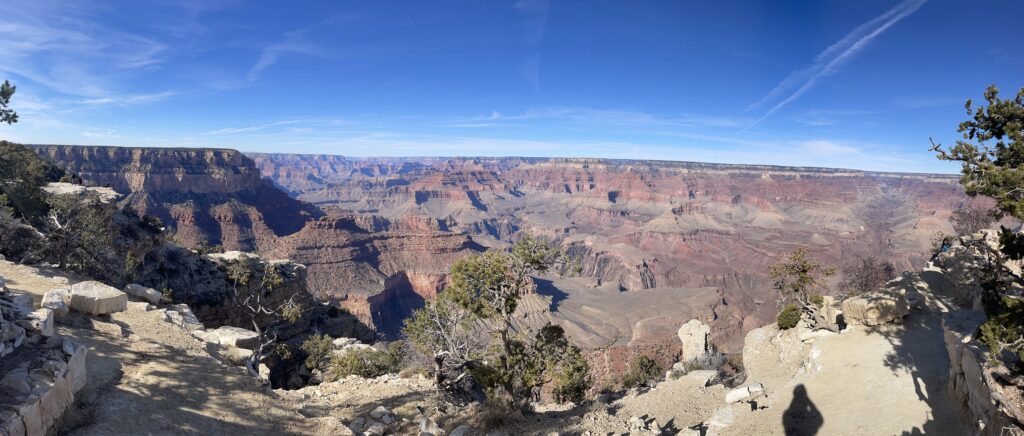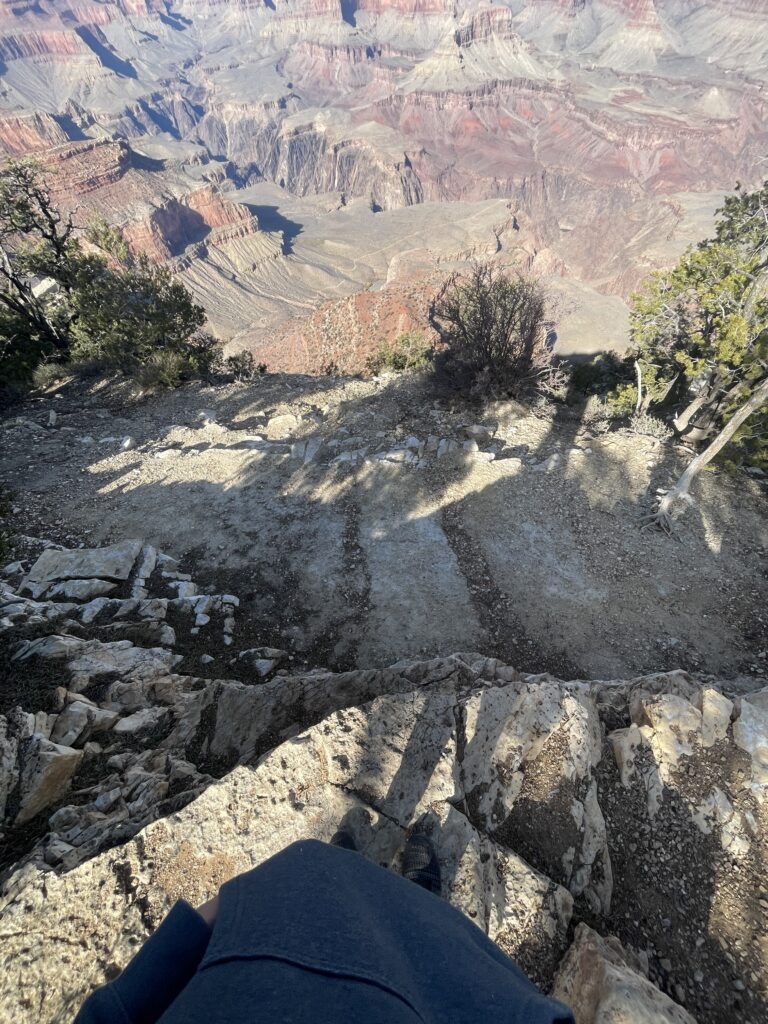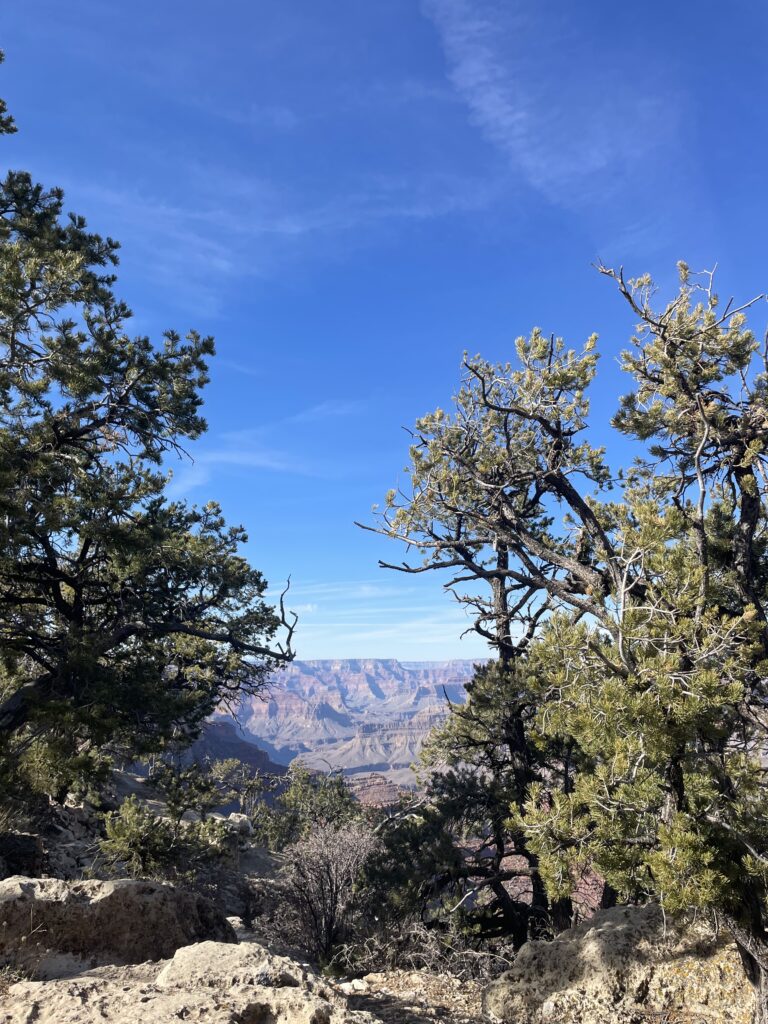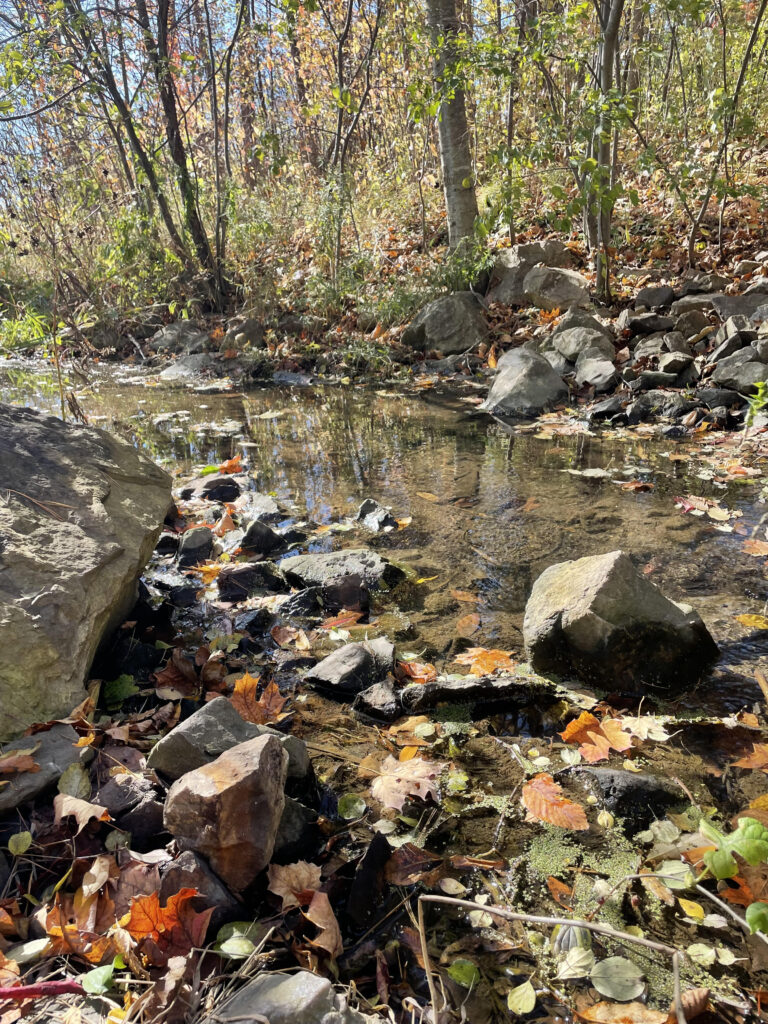This assignment gave me some trouble. I chose the tree that was most prevalent around my phenology spot. These trees were 40 to 80 feet tall, had rough, dark colored, ridged bark, and had opposite branching. What made this especially challenging was the lack of leaves. Leaves are the first thing to look at when trying to distinguish between oak and maple since the barks can be similar. I came to the conclusion that the species around my area was Red Maple. I am sort of unsure since I couldnt see any leaves, nor could I see any buds to use as identification either. I hope I was able to guess correctly. Maybe Ill just have to wait til spring to see if I was right.
